Media News Bulletin from PEFC Asia Pacific March 2022
Timber from Russia and Belarus considered ‘conflict timber’

All timber originating from Russia and Belarus is ‘conflict timber’ and therefore cannot be used in PEFC-certified products, the Board of the Programme for the Endorsement of Forest Certification (PEFC) announced 4 March 2022.
‘Conflict timber’ is defined as “Timber that has been traded at some point in the chain of custody by armed groups, be they rebel factions or regular soldiers, or by a civilian administration involved in armed conflict or its representatives, either to perpetuate conflict or take advantage of conflict situations for personal gain". PEFC is extremely concerned about the Russian government's attack on Ukraine. This has "an immediate and long-term destructive impact on the environment, on forests, and on the many people that depend on forests for their livelihoods". FAQ & Answers Here.
Responsible Wood Forest Certification for PEFC Assessment

The Responsible Wood Forest Certification System for Australia and New Zealand has been submitted to PEFC for assessment. Stakeholders from around the world are invited to give feedback on the revised Responsible Wood Forest Certification System. Deadline for comments is 28 April. Responsible Wood revised the national forest certification system for Australia and New Zealand following the entry into force of the revised 2018 PEFC Sustainable Forest Management standard. See all system assessment details for Australia and New Zealand. Read more here.
Can Tables and Chairs Help Combat Climate Change?
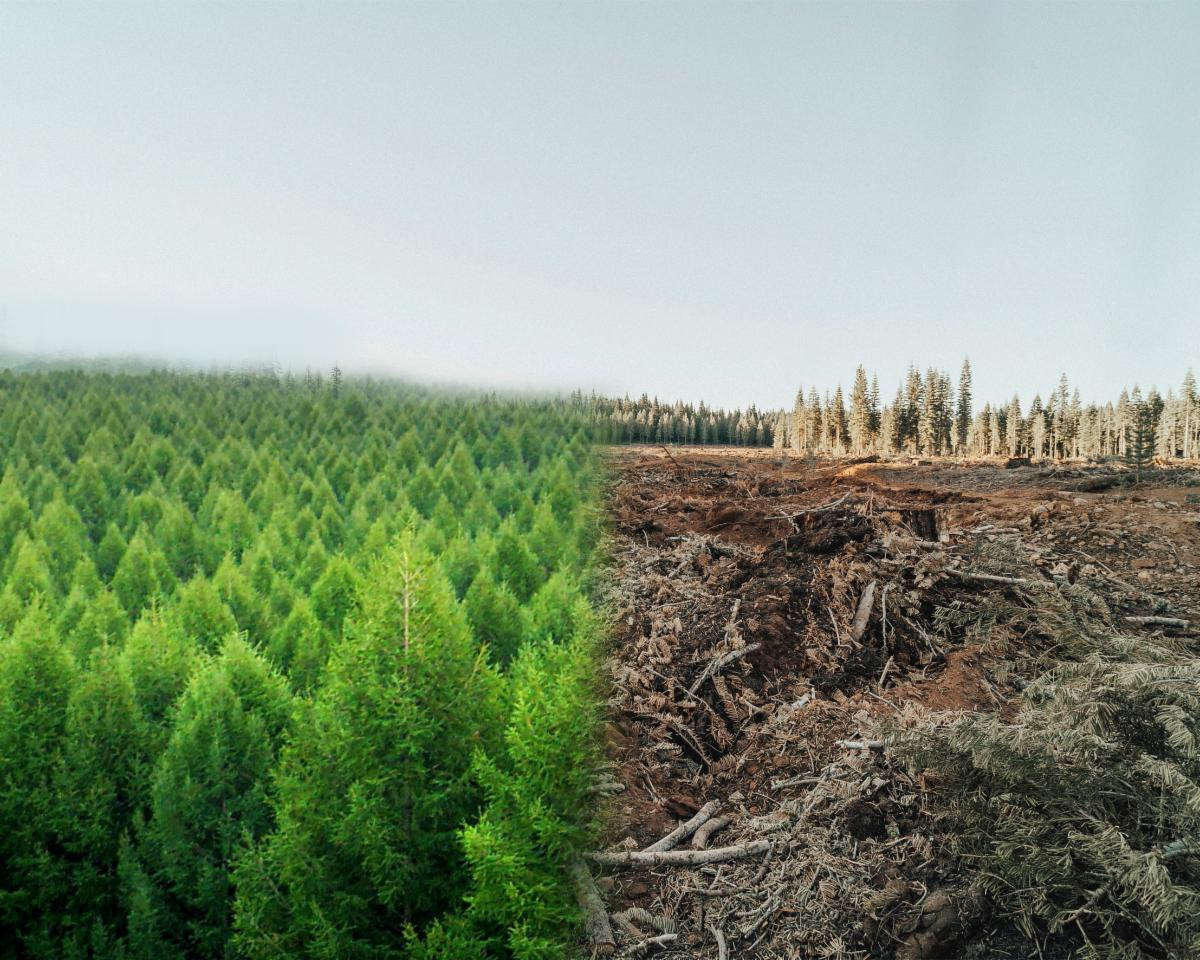
A wooden dining room table may be able to store carbon for up to 30 years or more, up until it is discarded. This is the basic premise of how a carbon sink works, essentially a natural reservoir, like forests, oceans, or the soil, that absorbs more carbon from the surrounding atmosphere than they produce. This is the theme of an article on the PEFC Furniture Blog headlined: Can Tables and Chairs Help Combat Climate Change? You can expect to read more about the importance of certified wood for furniture in the upcoming article entitled "Adopting three pillars of sustainability for the furniture industry" by Ken Hickson in the March/April issue of Panels & Furniture Asia magazine due out any day. Go to Panels & Furniture for more.
Labels Communicate Responsible Practice to Customers
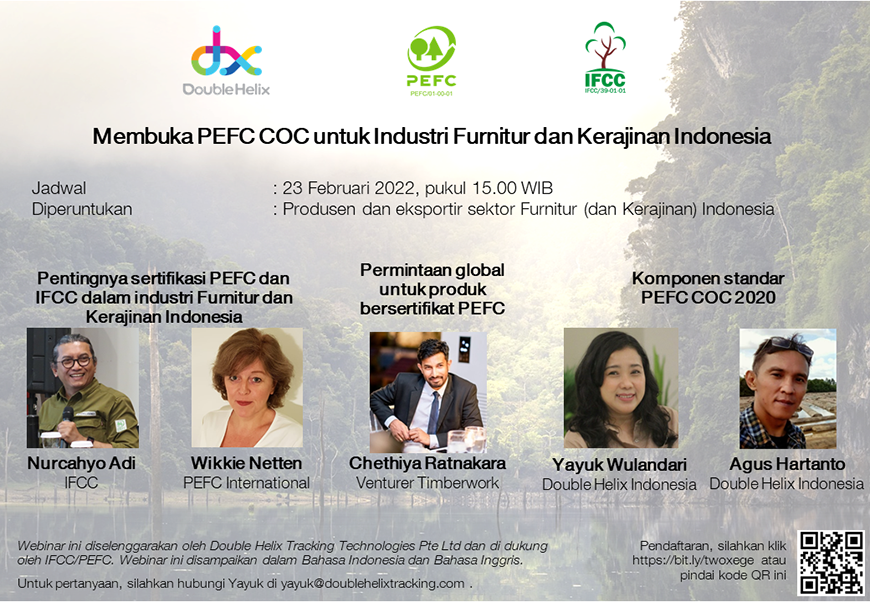
The importance of PEFC and IFCC certification in the Indonesian Furniture and Crafts industry was the focus of a recent webinar by Double Helix Tracking Technoloigies, with IFCC and PEFC Southeast Asia speakers, including Wikkie Netten, who shared how PEFC certification helps producers gain access to global markets. According to the PEFC/GfK Global Consumer Survey, 80% of consumers want companies to use appropriate labels on products and 30% said they actively look for forest certification labels when purchasing wood products. Gaining PEFC chain of custody certification and applying the PEFC label to your products enables you to communicate your responsible practices visibly to your customers. Use the pass code:4$T1%q@G Hear the webinar recording here.
Malaysia Participates at Expo Dubai Forestry Conference
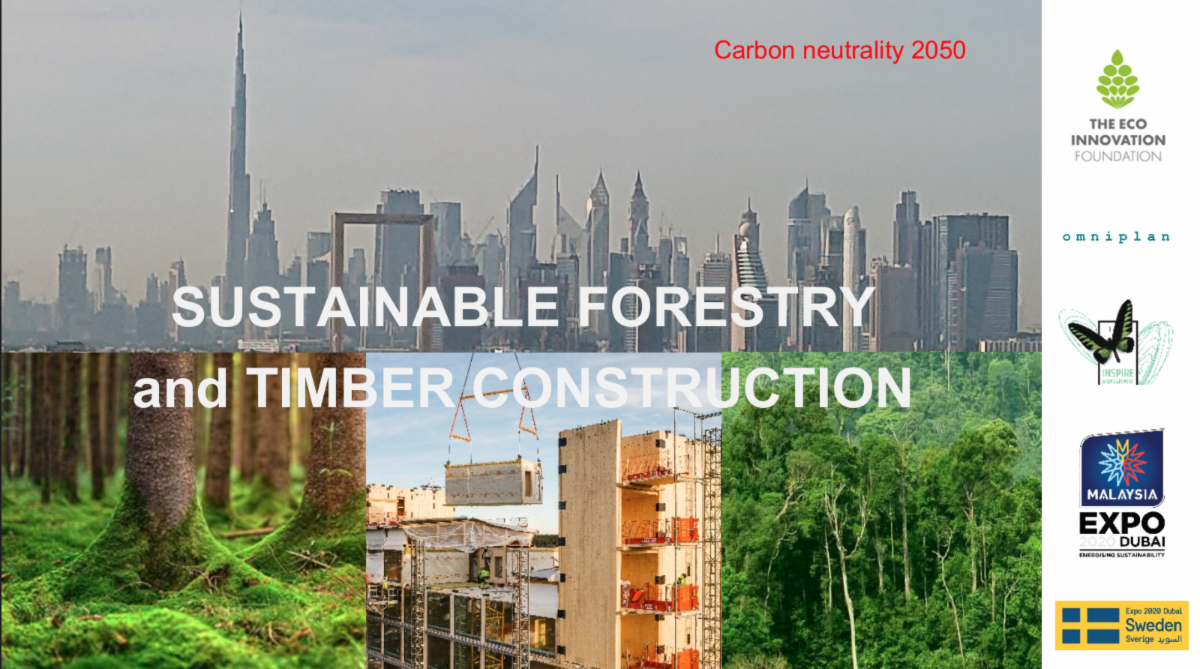
Malaysia Timber Certification Council (MTCC) will be participating in the hybrid “Sustainable Forestry and Timber Construction” on 15 March, organised by Expo 2020 Dubai, Swedish Pavilion. A presentation will be done by MTCC CEO Siti Syaliza Mustapha on Sustainable Forest Management (SFM) in Malaysia. The day’s programme includes guided tours of the Swedish and Malaysian pavilions, as well as sessions covering: Forests, timber and the global climate – facts and visions; Challenges and developments in mass-timber construction; Timber technology, health, well-being, risks and opportunities; Financial benefits from timber technology; Timber driven entrepreneurship and new value chains; Challenges in global forestry; Timber as a scarce resource – saving or destroying habitat; Regional forestry challenges, handling biodiversity and yield; The Wood solution; positive examples from around the world. Read all about it.
Sustainable Material Trends for the Global Fashion Industry
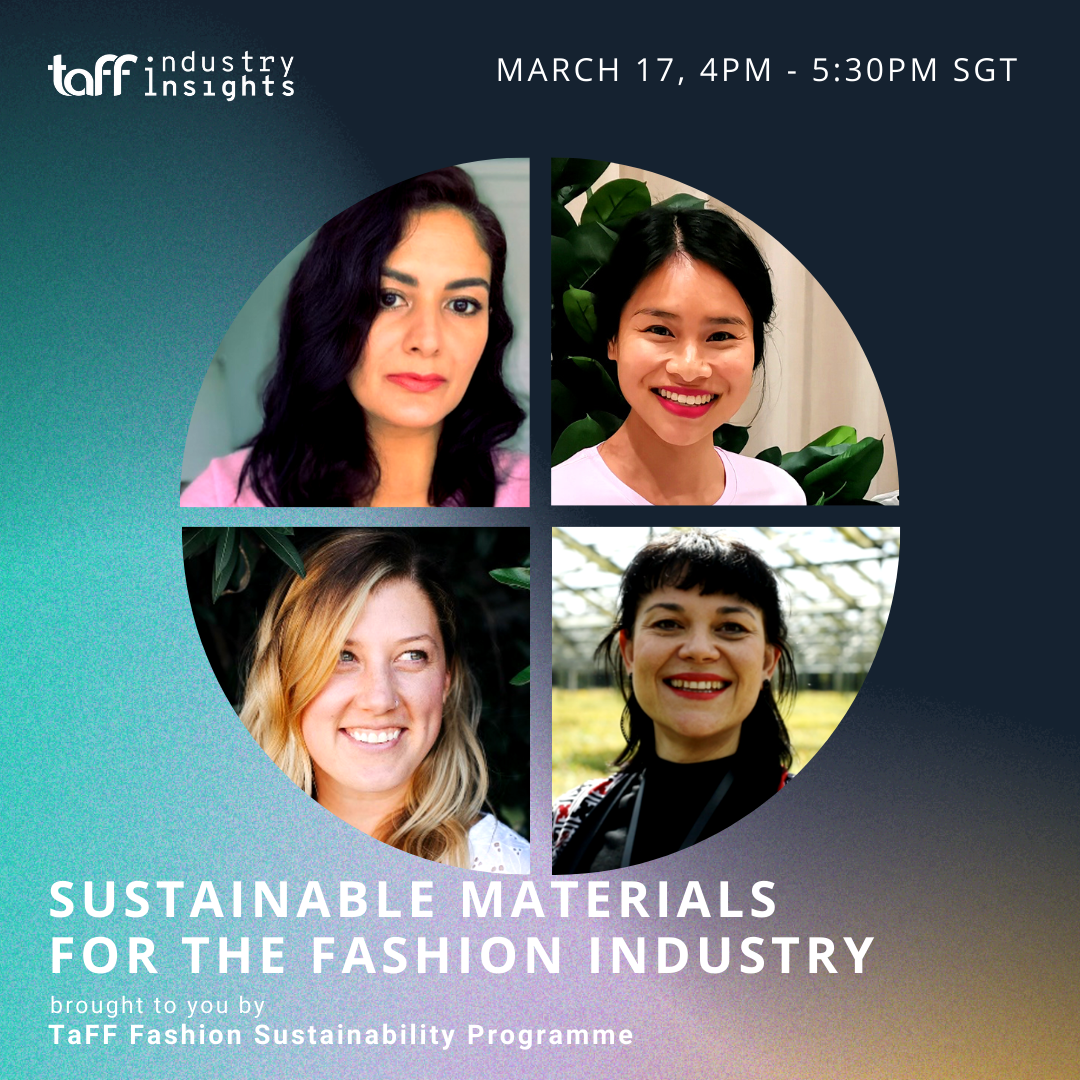
‘Sustainable Materials for the Fashion Industry: Trends & Insights’. Who wins the sustainability argument – the cotton shirt or the polyester shirt? Unfortunately, there is no simple way to call the winner. Choosing sustainable materials is one big positive step businesses can take towards climate action. Hear from the experts in this webinar organised by the Textile and Fashion Federation (TaFF) Singapore. What are the preferred materials and why it makes a difference? Come and hear from a panel of experts on the sustainable material trends and what lies ahead. Also hear from a global brand on their story of adoption of sustainable and innovative materials. PEFC is represented in the webinar by Deepa Hingorani. Register for TaFF webinar here.
PEFC Update on Lower Mekong UN-REDD Initiative
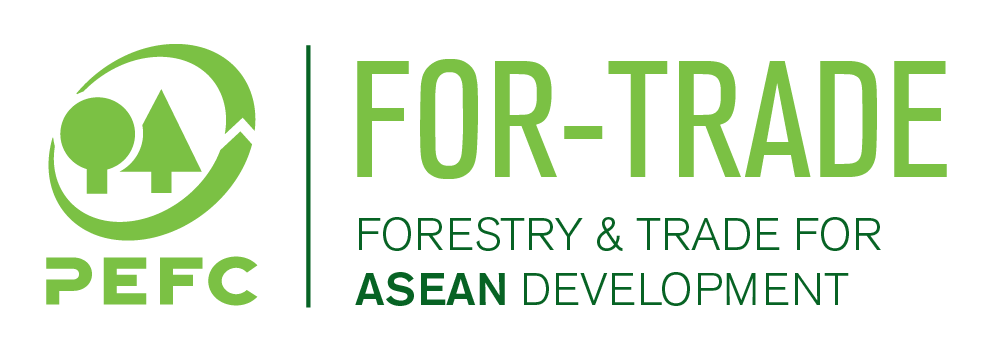
Through various pilot projects and other activities that benefit smallholders, PEFC is supporting its members and partners in the Lower Mekong Region within the UN-REDD Lower Mekong Initiative. Sustainable forest management certification standards are adapted to meet the conditions of smallholders and community forestry user groups in each country. PEFC has also developed guidance for smallholder group certification, aiming at reducing and sharing certification costs. Different smallholder pilots have been developed and will continue into 2022. Read more here.
The Forest is a Place to Relax, Breathe and Medicate

This March, our photo in the spotlight is ‘The carpet of moss’, taken by Radenko Malic, a runner-up in our 2021 ‘Experience Forests, Experience PEFC’ Photo Contest. Radenko tells us how his stunning photo came about, and why the forest is not only special and inspiring, but also a vitally important place for all of us. He was asked: How do you feel about forests, both professionally and personally? "i love to take landscape photographs, and the forest gives me a special feeling for the environment. It is a place to relax, breathe and meditate, which are all the things I do while taking a picture". Read more.
ASEAN Rai Study Highlights Responsible Investment in Sustainable Rubber in Vietnam
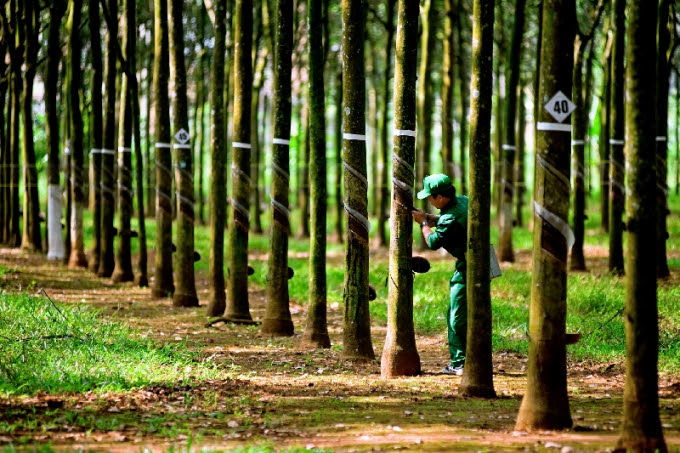
More than 50% of rubber plantations in Viet Nam are managed by smallholder farmers and it continues to affect the livelihoods and social development in rural communities.(Photo: nongnghiep.vn)
Produced by the ASEAN Guidelines on Responsible Investment in Food, Agriculture and Forestry (ASEAN Rai), this case study outlines the journey of Binh Long Rubber Company Ltd (BRC) in their adoption and implementation of the sustainable rubber development plan from their parent company, Viet Nam Rubber Group (VRG).
Viet Nam is one of the world’s top producers of natural rubber and accounts for 9.4% of natural rubber production in the world.
More than 50% of rubber plantations in Viet Nam are managed by smallholder farmers and it continues to affect the livelihoods and social development in rural communities.
The rubber industry (including natural rubber, rubberwood and rubber products) is a significant economic powerhouse in Viet Nam and contributed an estimated USD 7.86 billion (3%) to the economy in 2020.
VRG’s investment in support of BRC to adopt and implement the sustainable rubber development plan, includes these key actions:
- Continuous replanting;
- Maintaining certified plantation areas under the Viet Nam Forest Certification Scheme - Programme for the Endorsement of Forest Certification (VFCS-PEFC) and processing units under the PEFC Chain of Custody (CoC); and
- Meeting market requirements on high quality products and competitive pricing.
The case study also drew attention to the value of conducting a feasibility study, as well as impact assessments, along with multi-stakeholder engagement and consultations at the early stages of the investment, as this helps in mitigating risks.
Other key learnings emerging from the investment include the value of social responsibility and environmental protection within the production and processing operations, as these need to align to the company’s overall sustainability targets and commitments.
The case study also highlighted the specific objectives of the investment into BRC, which involved:
- Maintaining the VFCS- PEFC scheme for 8,300 hectares of its rubber plantations and PEFC Chain of Custody (CoC) certification for its two natural rubber processing factories
- Increasing areas certified under VFCS/PEFC forest management to include all plantation areas
- Improving livelihoods of the local community, especially ethnic minorities
- Promoting local economic development and contributing to local state revenue
- Restoring and maintaining natural forest areas, specifically 5-8% of its rubber plantations to natural forests by planting native tree species
- Creating jobs for local community members.
This case study is part of a four-part series that showcases how recent agribusiness investments in food, agriculture and forestry (FAF) sectors retroactively align with the ASEAN Rai.
Critically, these case studies showcase:
- Social, environmental and financial results of these investments
- Business case for responsibly investing in supply chain projects
- How agribusinesses ensure long-term sustainability and viability of their investments
- Key policy recommendations and learnings for the future.
When the ASEAN Rai Guidelines were published in October 2020, it was seen as a reliable and independent assessment to enable banks to make investment decisions in the food, agriculture and forestry sectors in the ASEAN region.
PEFC scored highest among all the certification and standard setting organisations operating in the FAF sectors.
It pointed out that the first five PEFC principles align with the ASEAN RAI Guidelines on food nutrition, economic development, natural resources, climate change and rule of law and governance.
The sixth PEFC principle (maintenance or appropriate enhancement of socio-economic functions and conditions) emphasises economic development, support to marginalised populations (women, young people, indigenous people), as well as tenure rights and data collection.
Two of the six Sustainable Forest Management (SFM) principles include specific references to regional policy and approaches. PEFC SFM principles align with 9.5 out of 10 of the ASEAN RAI Guidelines.
All ten banks included in the ASEAN Rai study accepted the investment standards and principles offered by PEFC. They are: ABN AMRO, ANZ, BNP Paribas, Crédit Agricole (CA), Credit Suisse (CS), HSBC, ING, Rabobank, Standard Chartered (SC), and Société Générale (SG).
To see more of the BRG/VRG case study, please go to http://exchange.growasia.
This is also summarised in this YouTube video: https://www.youtube.
Subcategories
- International News (90)
- National News (413)
- PEFC Week 2016 (38)


